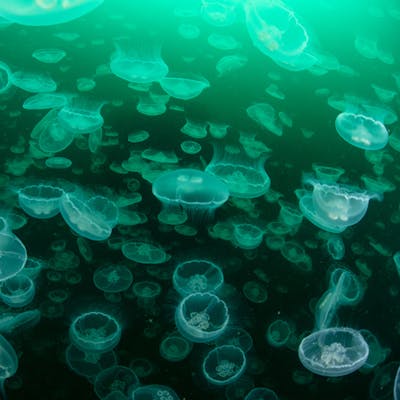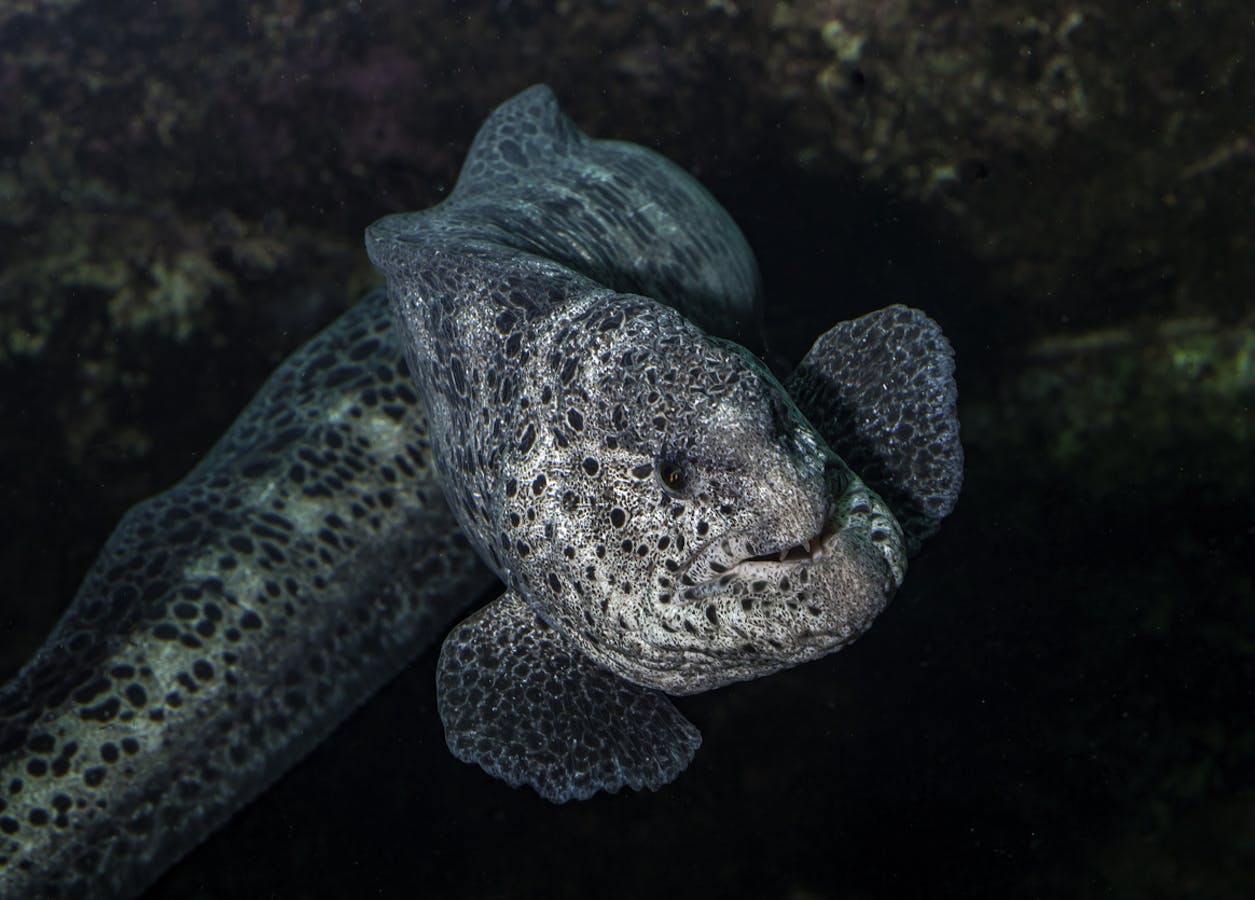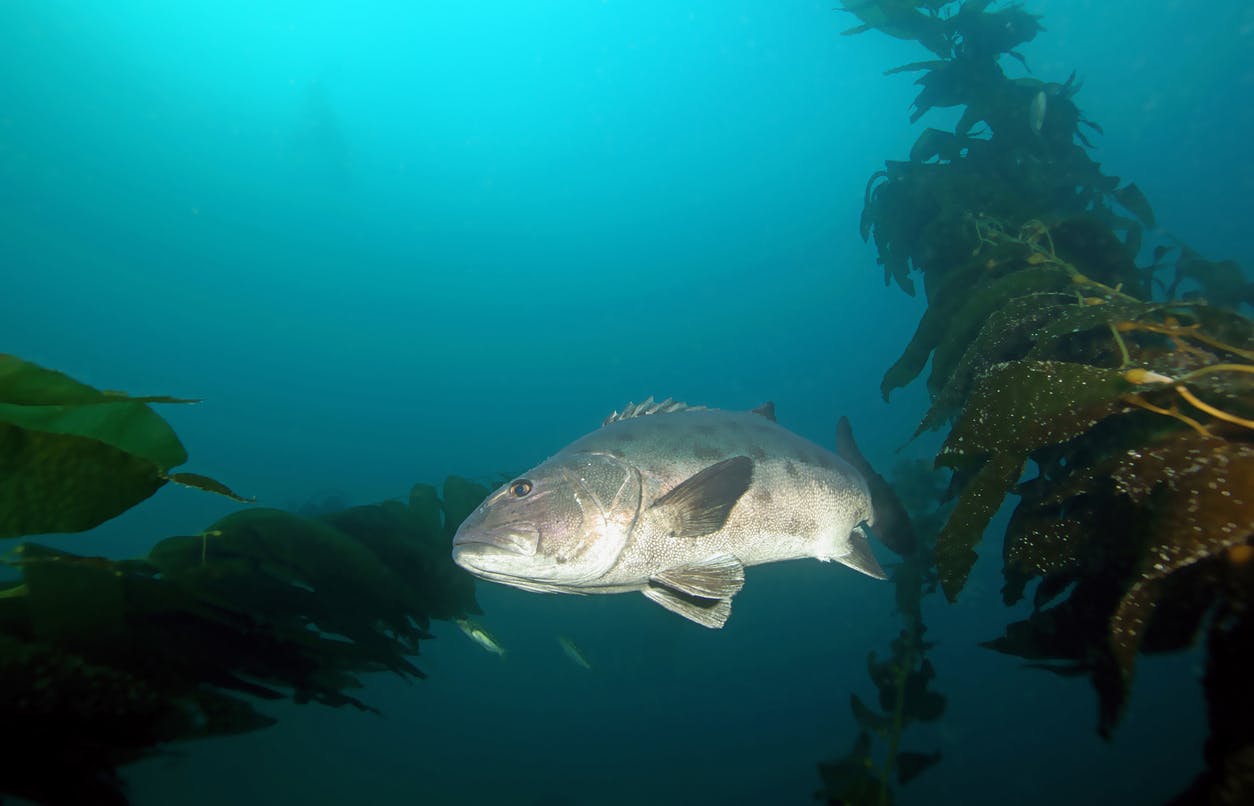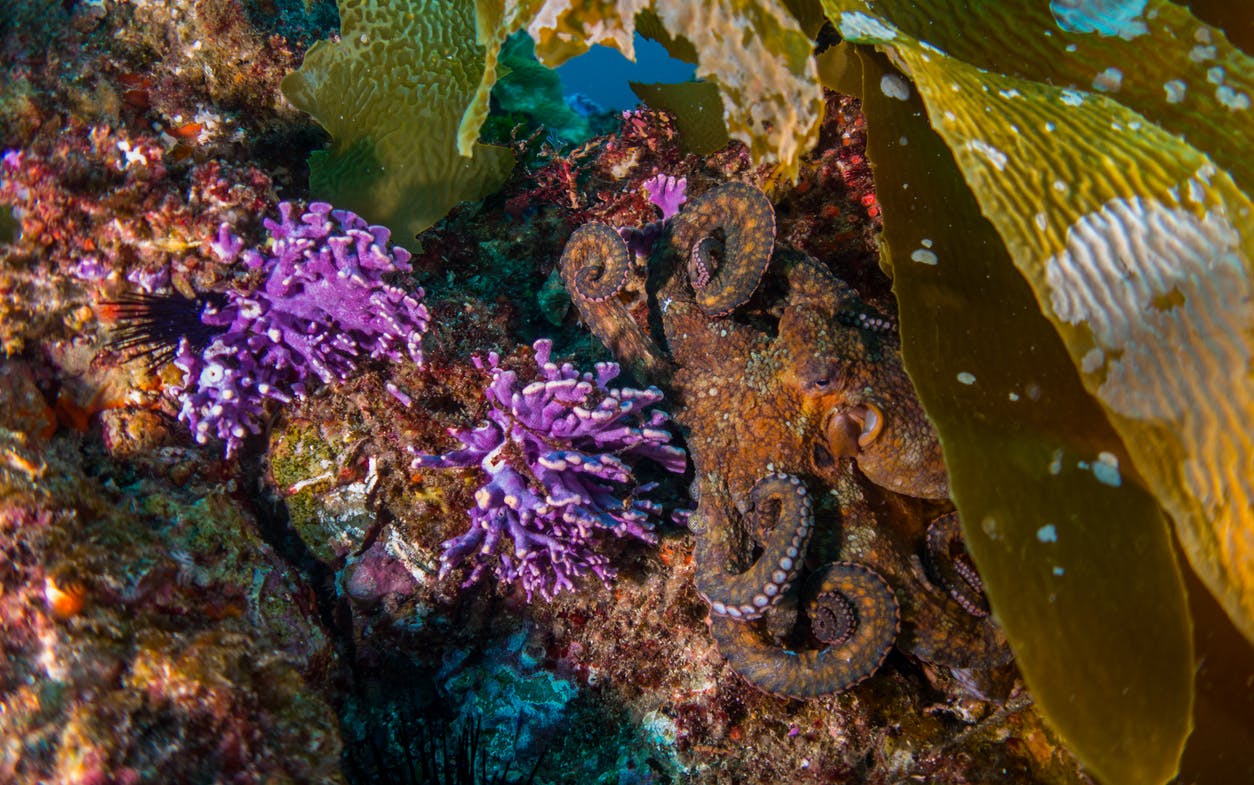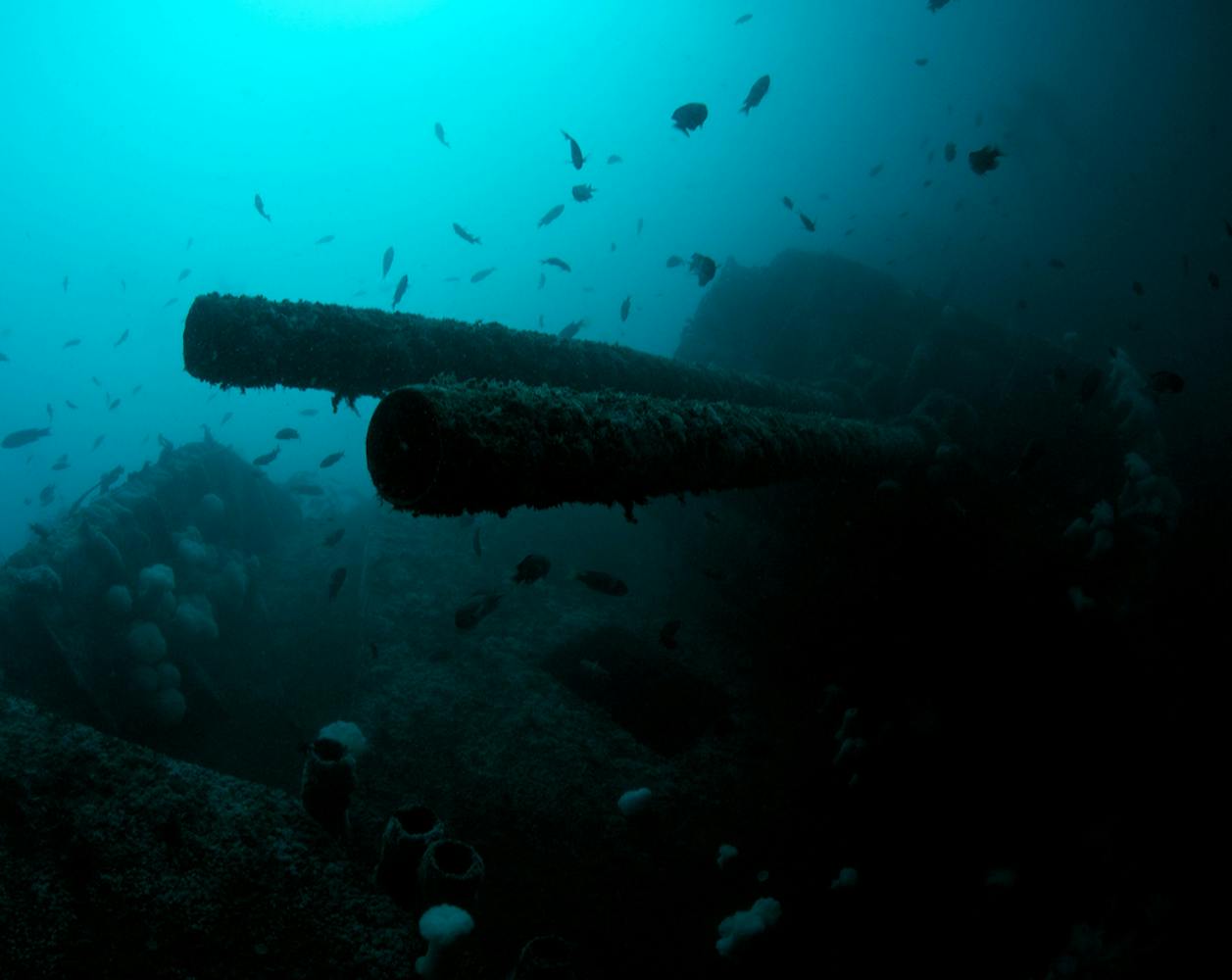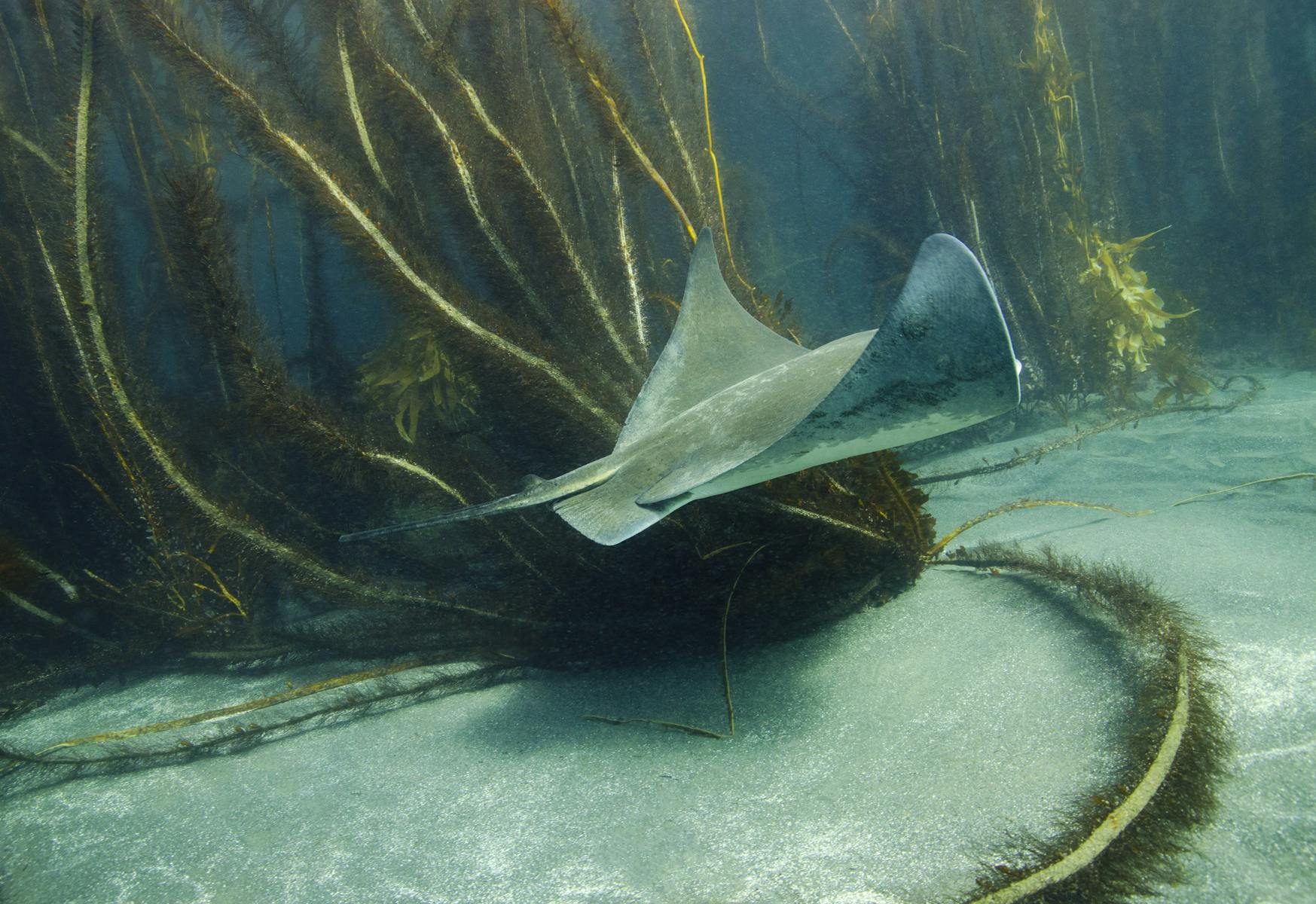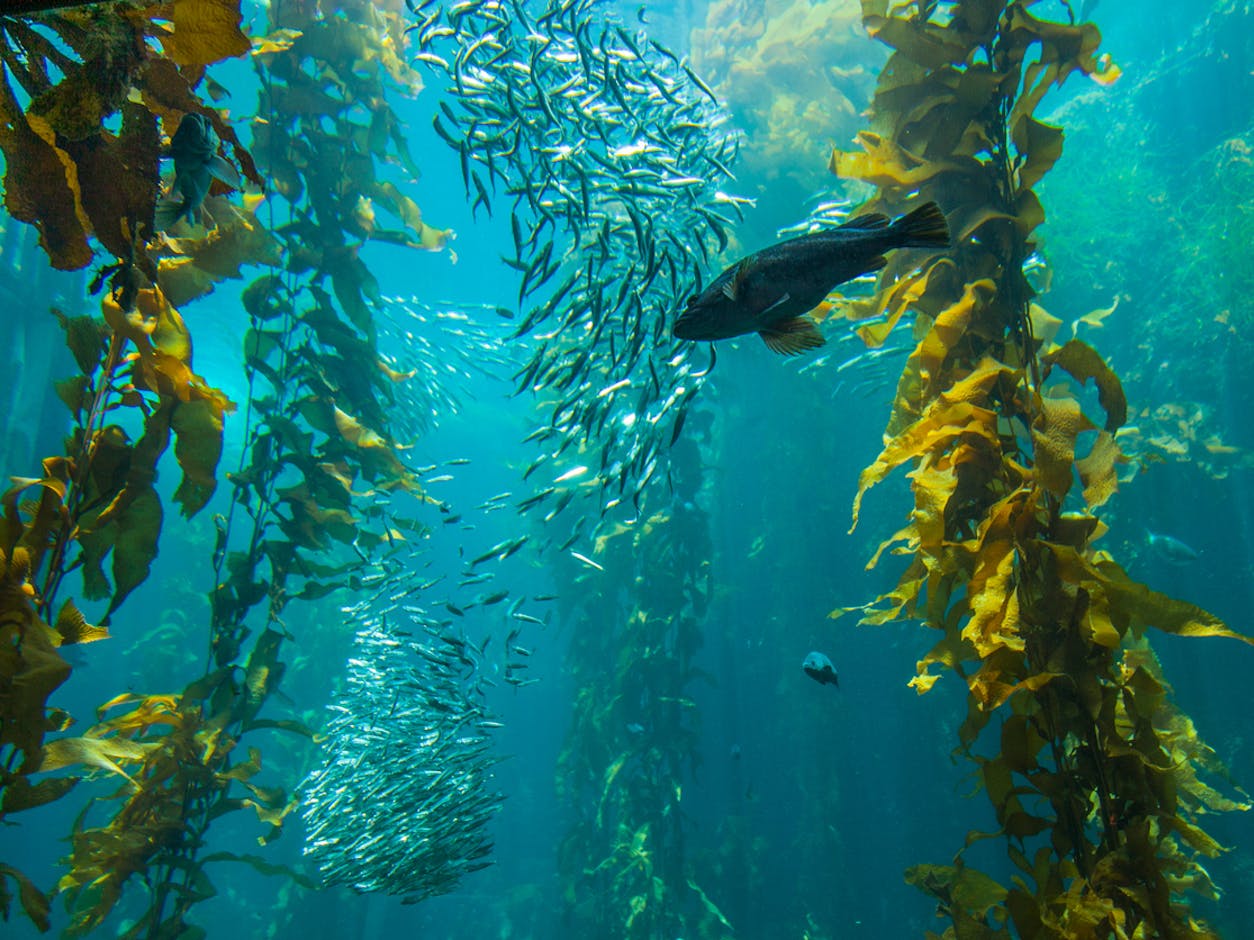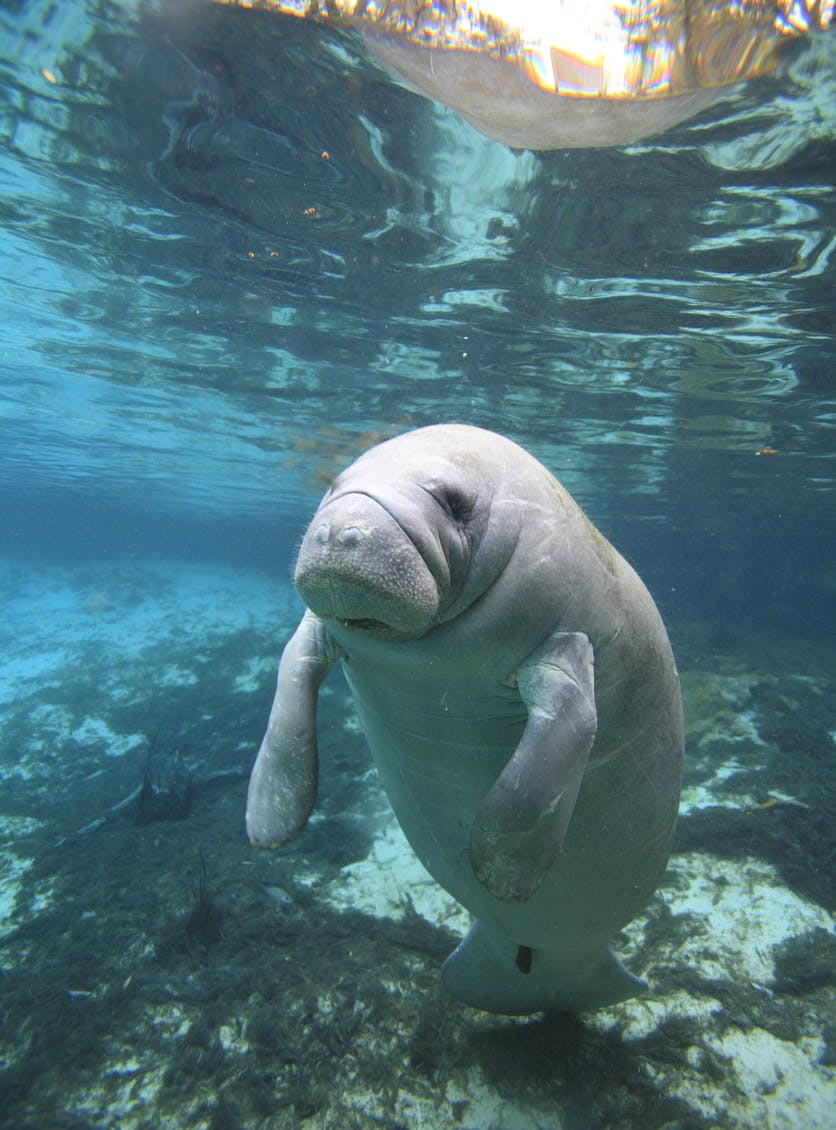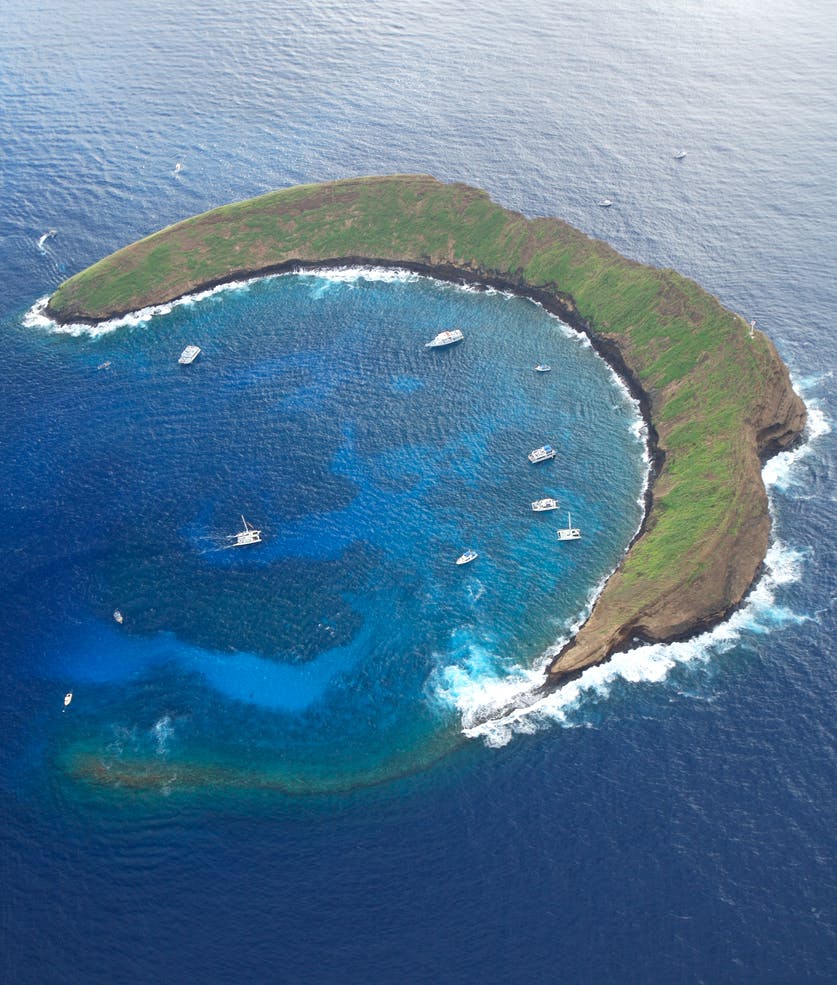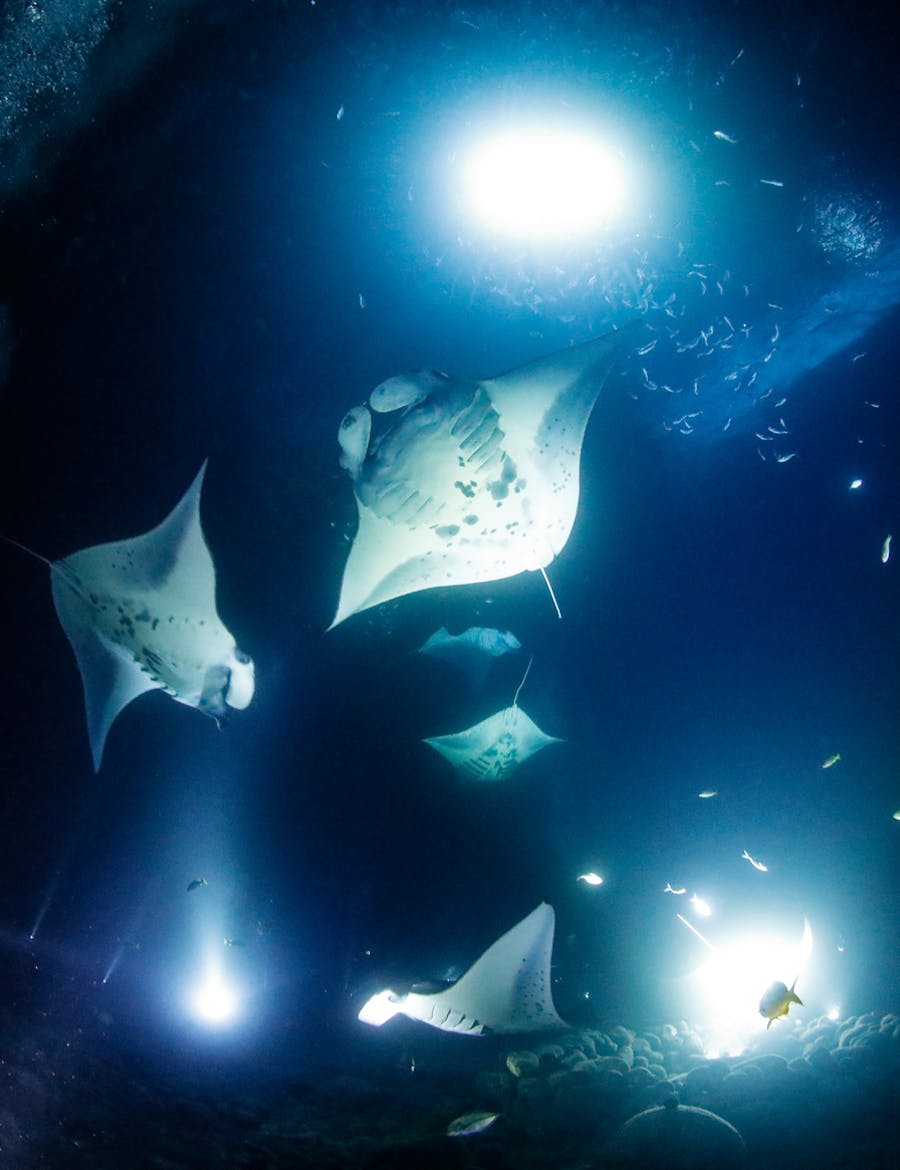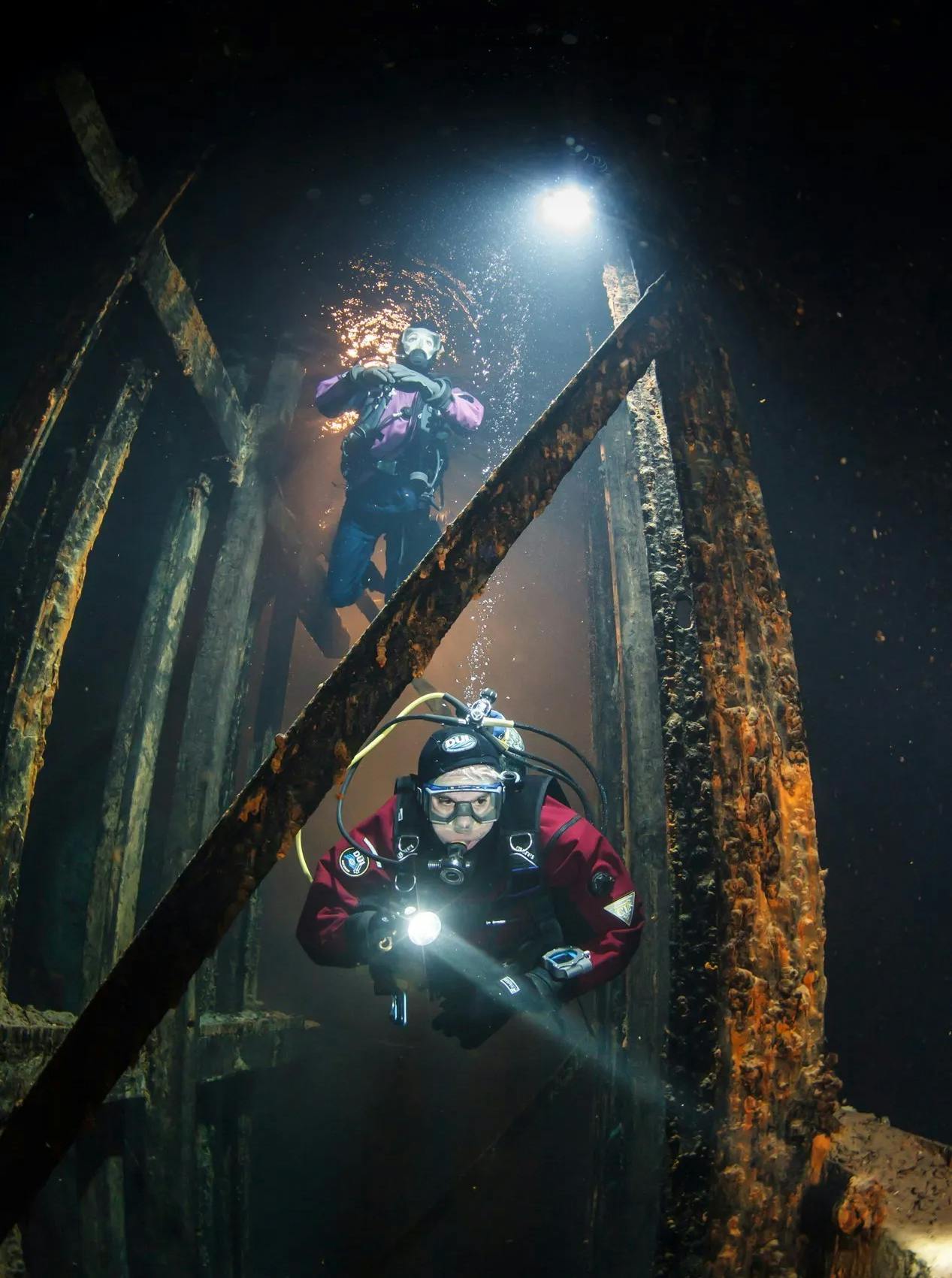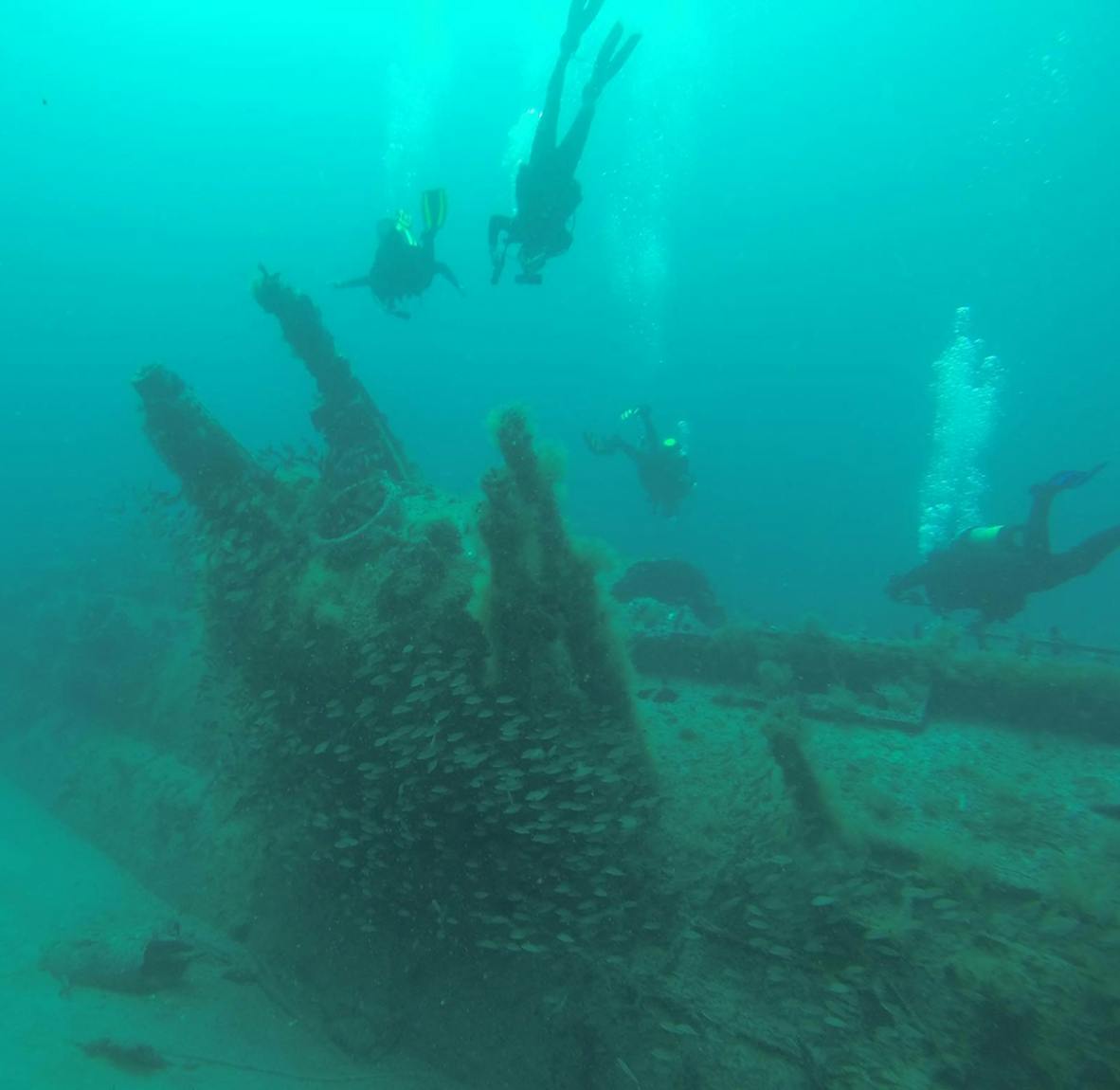Crystal River Diving, Snorkeling, & Freediving
This lovely little gem offers areas where you can see manatee up close. Visit Three Sisters Springs or Homosassa Springs to get up close and personal with these lovely creatures. But not too personal, there are many rules around how you are and are not able to interact with these endangered species.
Pensacola Diving
If you’re looking to dive an advanced, technical wreck, may we suggest the USS Oriskany? This dive starts at about 84 feet down with the ocean floor being around 212 feet underwater. So make certain your dive training is up to the task before heading out to this one. At 911 feet in length, there’s plenty to see and explore.
West Palm Beach Diving, Snorkeling, & Freediving
If deep wrecks aren’t your thing, stop over to check out the Shark Dives or Shark Snorkeling in West Palm Beach. You’ll typically see Bull Sharks, Lemon Sharks, Silky Sharks, and if you time it just right, you might get treated to a Tiger Shark or Hammerhead Shark. You never know who’s showing up to the party here. Several dive boats offer different shark diving and shark snorkeling experiences, so check them out and select the one that’s right for you.
Alternatively, for a low key chill kind of day for the whole family, Phil Foster State Park is a great option. Here you typically have a depth of up to 25 feet and whether you’re snorkeling, diving, or freediving, there’s so much to see. If you’re lucky, you might even see a seahorse - but don’t touch them…they’re protected.


